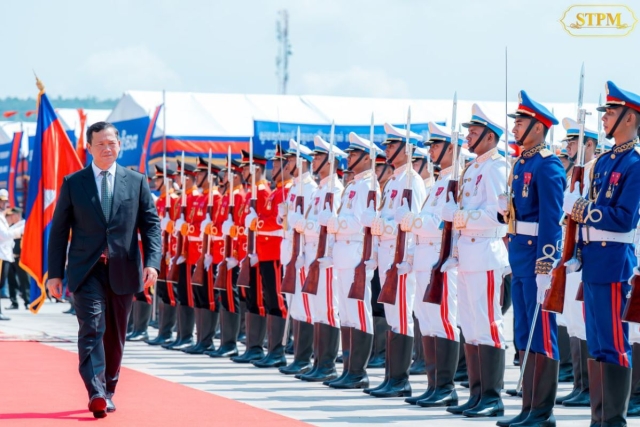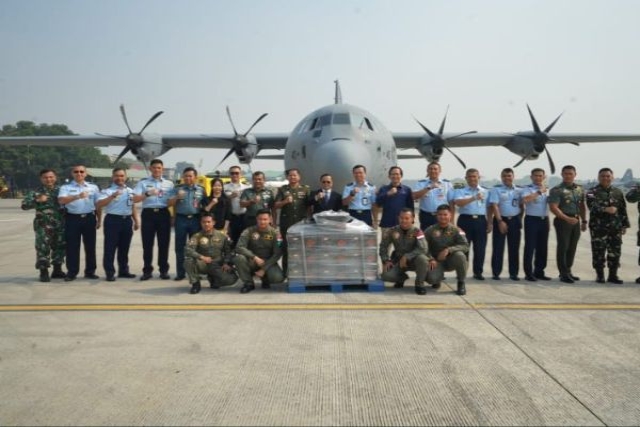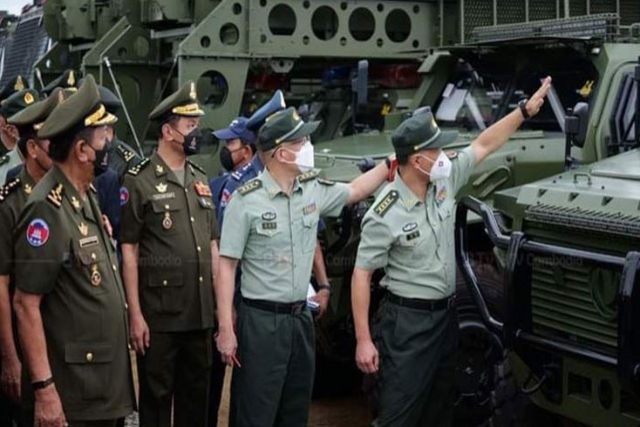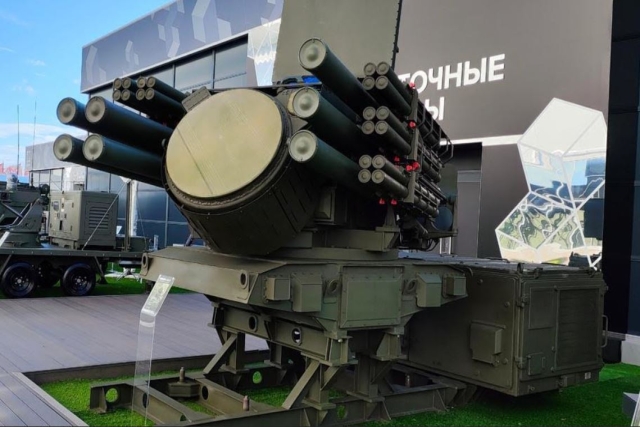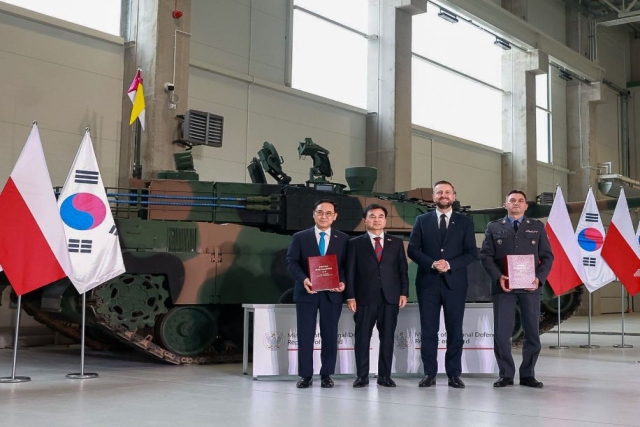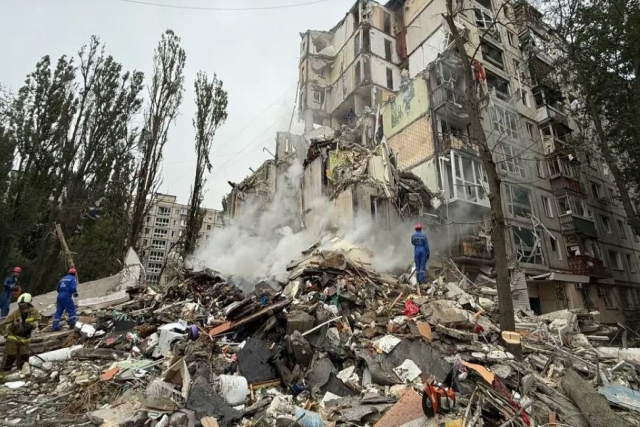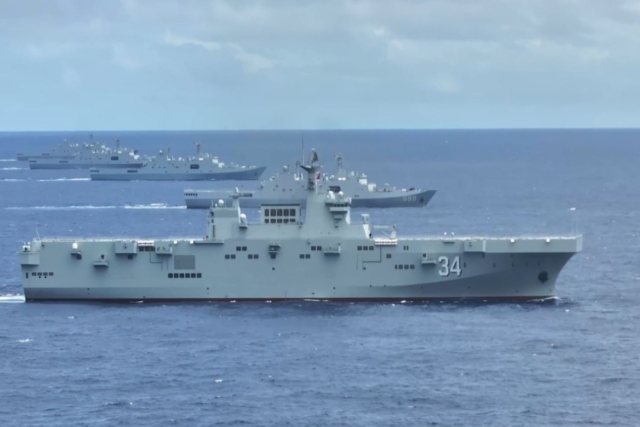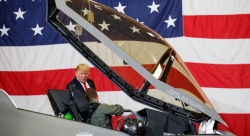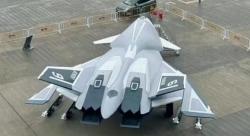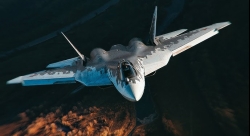Minor Incident Sparks Major Clashes between Thai and Cambodian Forces
Border shootout escalates into artillery barrage and Thai airstrikes as evacuations ordered in frontline zones
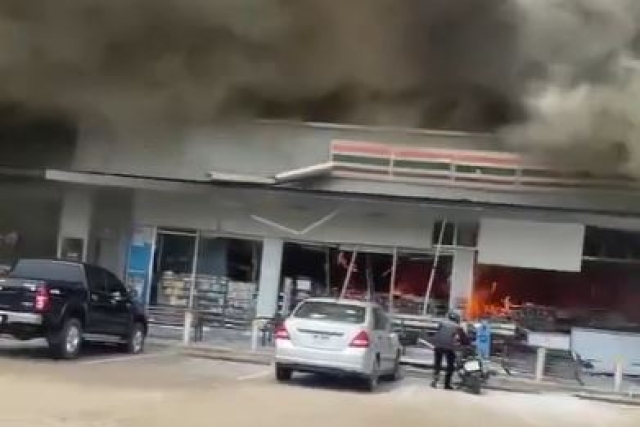
A routine border standoff has escalated into a full-blown military confrontation in the Indochina region, following a shootout over a disputed stretch of territory, triggering widespread artillery strikes, air raids, and civilian evacuations.
According to reports, the clash began when a Cambodian drone crossed into Thai airspace. Minutes later, Cambodian troops equipped with grenade launchers and assault rifles advanced toward a Thai military outpost. Thai soldiers say they issued a warning to avoid escalation—an hour later, Cambodian artillery opened fire.
In retaliation, Thailand launched airstrikes using F-16 and Gripen fighter jets, targeting Cambodian rocket and tube artillery positions. Gripens, fitted with PS-05/A radars, identified enemy positions up to 50 km away.
Cambodian forces unleashed a massive barrage using 122-mm Grad and Type 81 MLRS, 107-mm Type 63 launchers, and 130-mm M-46 howitzers firing Chinese-supplied extended-range rounds. Both military sites and civilian infrastructure—including hospitals and homes—were struck inside Thai territory.
Thailand responded by ordering a mass evacuation of civilians within a 50-kilometer border zone, citing the 40-kilometer range of Cambodia’s RM-70 rocket systems.
Cambodia’s military relies heavily on aging Soviet hardware, including 500 T-54/55 tanks and 300 BTR-60RVs. Its air and naval assets are minimal—limited to patrol boats and multipurpose helicopters.
Thailand holds a decisive edge in firepower and mobility. The Royal Thai Air Force fields 43 F-16s, 12 Gripens, and 35 F-5 fighters. Its ground forces operate 49 Ukrainian T-84 Oplot-T tanks, over 170 American M60 variants, and 66 Stingray light tanks. Naval strength includes three Harpoon-armed frigates and the aircraft carrier Chakri Naruebet.
The latest fighting revives unresolved tensions over the Preah Vihear Temple area. Though the International Court of Justice awarded the temple to Cambodia in 1962—and reaffirmed that ruling in 2013—Thailand contests the surrounding territory. Deadly clashes also broke out in 2008, 2009, and 2011 after the temple was named a UNESCO site.
With neither side backing down, the conflict has shifted from a border patrol encounter to a full-scale regional confrontation.


